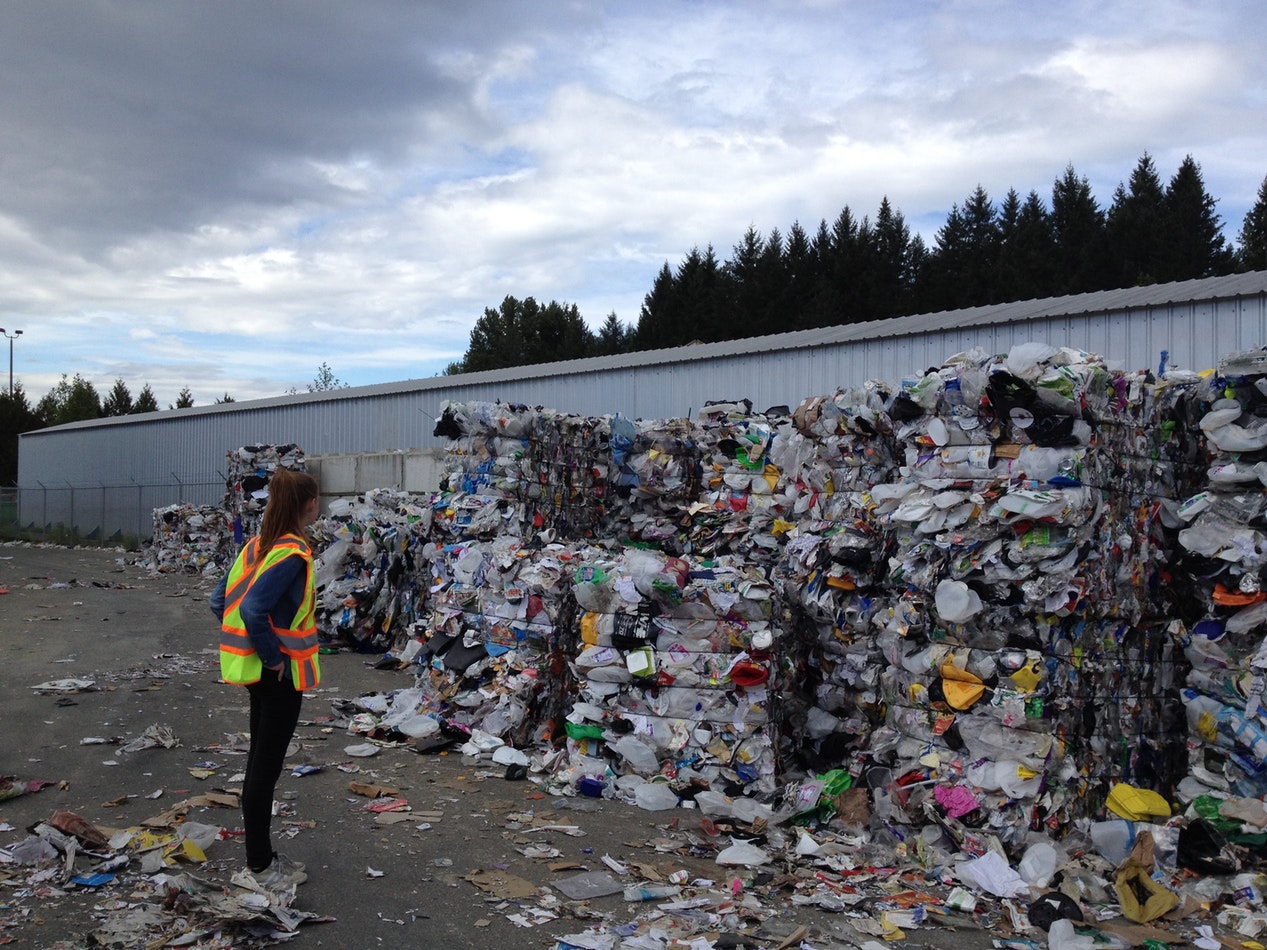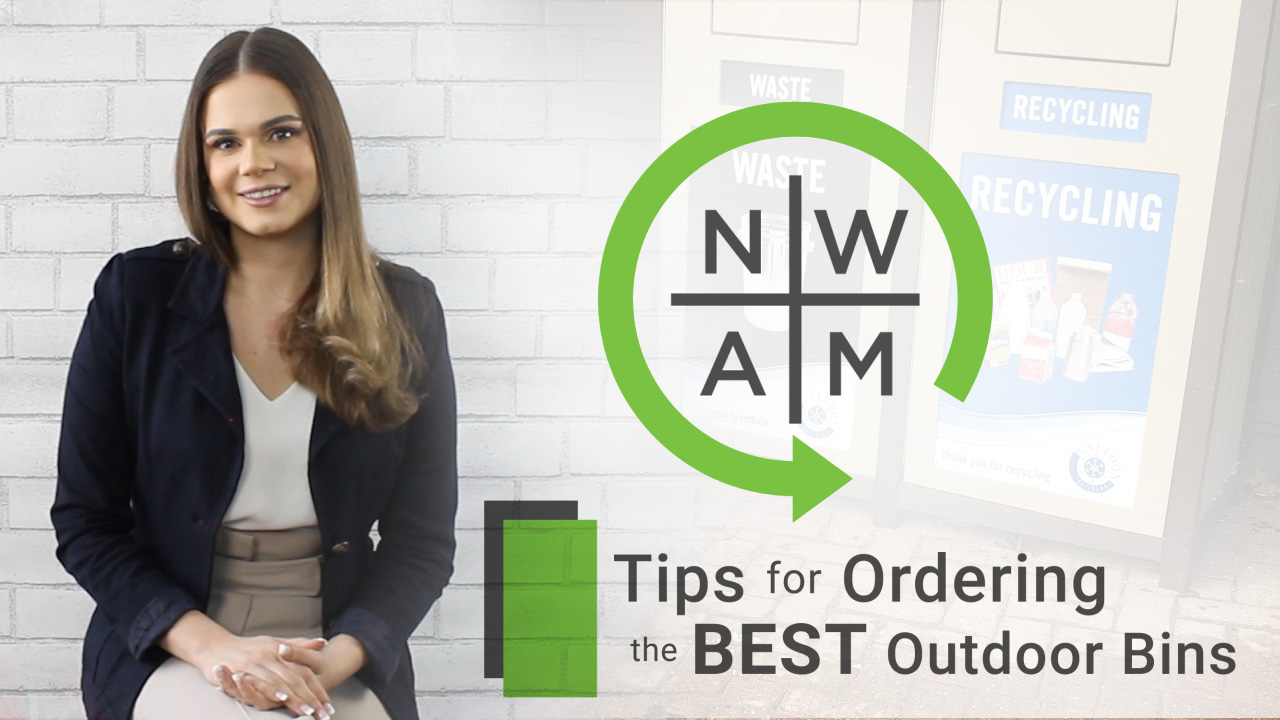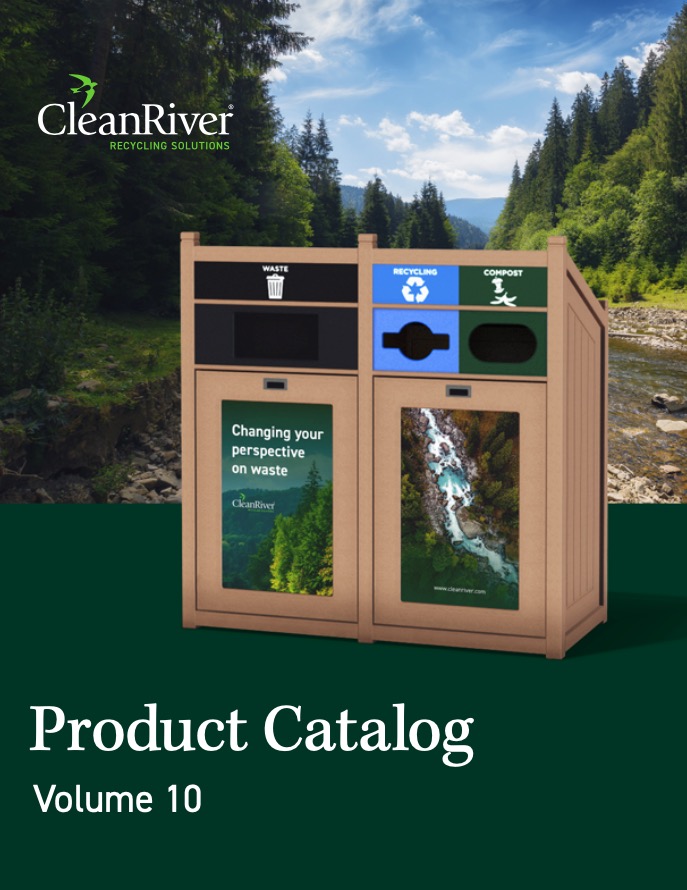Share
Now that the beautiful weather has finally arrived, we love any excuse to get outdoors. Amusement parks are quite popular in the warmer months, there are crazy rides for the daring and water slides for the fish out of water. However, it’s not all fun and games. The high volume of guests that visit amusement parks contribute to a significant amount of waste. Visitors are so engaged with what they’re doing that they often neglect to ensure their waste is disposed of properly.
Implementing an amusement park recycling program can help prevent litter, minimize waste, and reduce cross-contamination. Here are five tips for starting your amusement park recycling program:
1. Conduct A Waste Audit
It’s essential to conduct a waste audit when starting a successful recycling program. In order to choose the appropriate sizes and streams for your containers, you must first determine what percent of your waste is organic, recycling, and garbage. A waste audit determines the overall amount of waste disposed of across the entire amusement park. It can help you pinpoint where most of the organics/recycling/waste is collected.
For more on waste audits check out or Waste Audit Toolkit or eBook: A How-To Guide for Waste Audit Success.
2. Ensure Recycling Bins Are Durable And Reliable
Amusement parks tend to be chaotic during the Summer months, everyone is itching to go outside, and children are finally free from school. The combination of running children, extreme heat, and water requires durable and reliable bins. Sturdy construction and dependable materials are key. CleanRiver’s outdoor bins are made of recycled HDPE! The material is UV resistant, waterproof, doesn’t rot, and resilient in extreme weather conditions. What else could you ask for?
CleanRiver recommends the Dome and Slant Top for use in high traffic areas. For more information on ordering the best outdoor recycling bin, watch this Never Waste A Moment video:
3. Use High Impact Recycling Graphics
It’s important to use high-impact graphics on recycling bins in amusement parks. Not only do they guide guests to make a quick decision, but they also decrease the possibility of cross-contamination. Graphics must be clear, at eye level, colourful, and kept simple with 3-6 images maximum.
For more information check out our blog: 3 Tips For Ordering The Most Effective Recycling Labels For Your Program.
4. Place Recycling Bins In Areas With Good Visibility
Among the chaos, the children, the lines, water and food stands, there are recycling bins. They must be easy to spot and accessible. Consider placing them in high traffic areas such as: in lines for rides, near popular eating areas, outside bathrooms, and throughout the water park. This helps to ensure the bins being used properly.
Consistency is key. Try to keep graphics and signage consistent throughout the amusement park so it’s easy for people to use the bins without any confusion. One area that may differ is in the water park. Lots of people use park towels and are unsure where to put them when they’re done. Have designated bins just for towel collection, as well as recycling bins nearby.
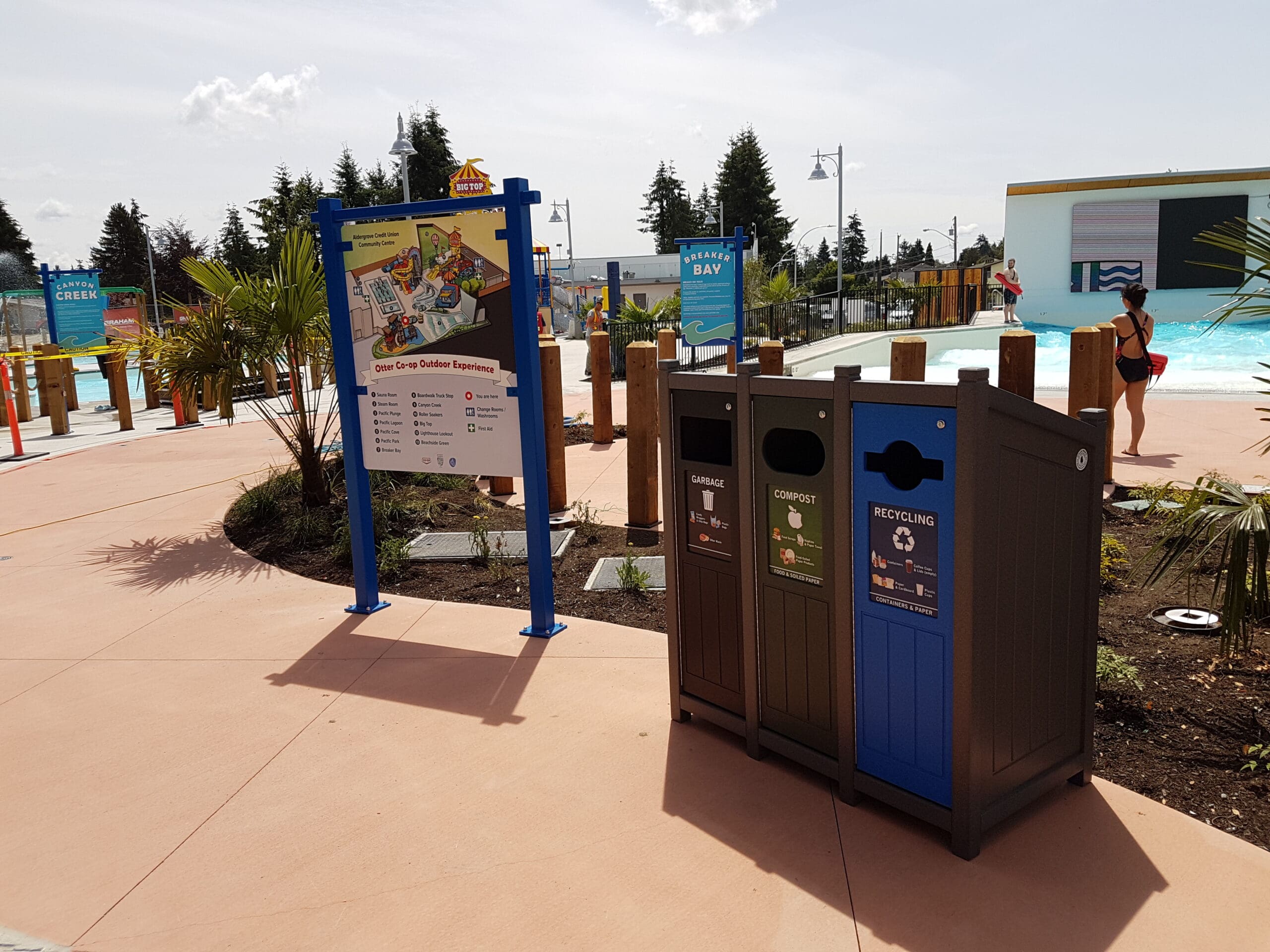
5. Educate And Communicate About The Recycling Program
The best way to get people involved in your amusement park recycling program is through education, communication and participation. In other words, get people excited!! Recycling programs work when the entire staff is on board and when they can take pride in the program. Kick it off at the beginning of Summer by hosting a fun day to train employees! Have a BBQ and informational session (because who doesn’t love a hamburger from time to time). Have a trivia game and team building activities, with the opportunity to win prizes. Other ways to regularly inform employees is through newsletters, educational posters, and staff meetings. Once everyone is on the same page things will run smoothly! Just make sure the recycling and towel bins are emptied on a regular basis to ensure there is no spillage.
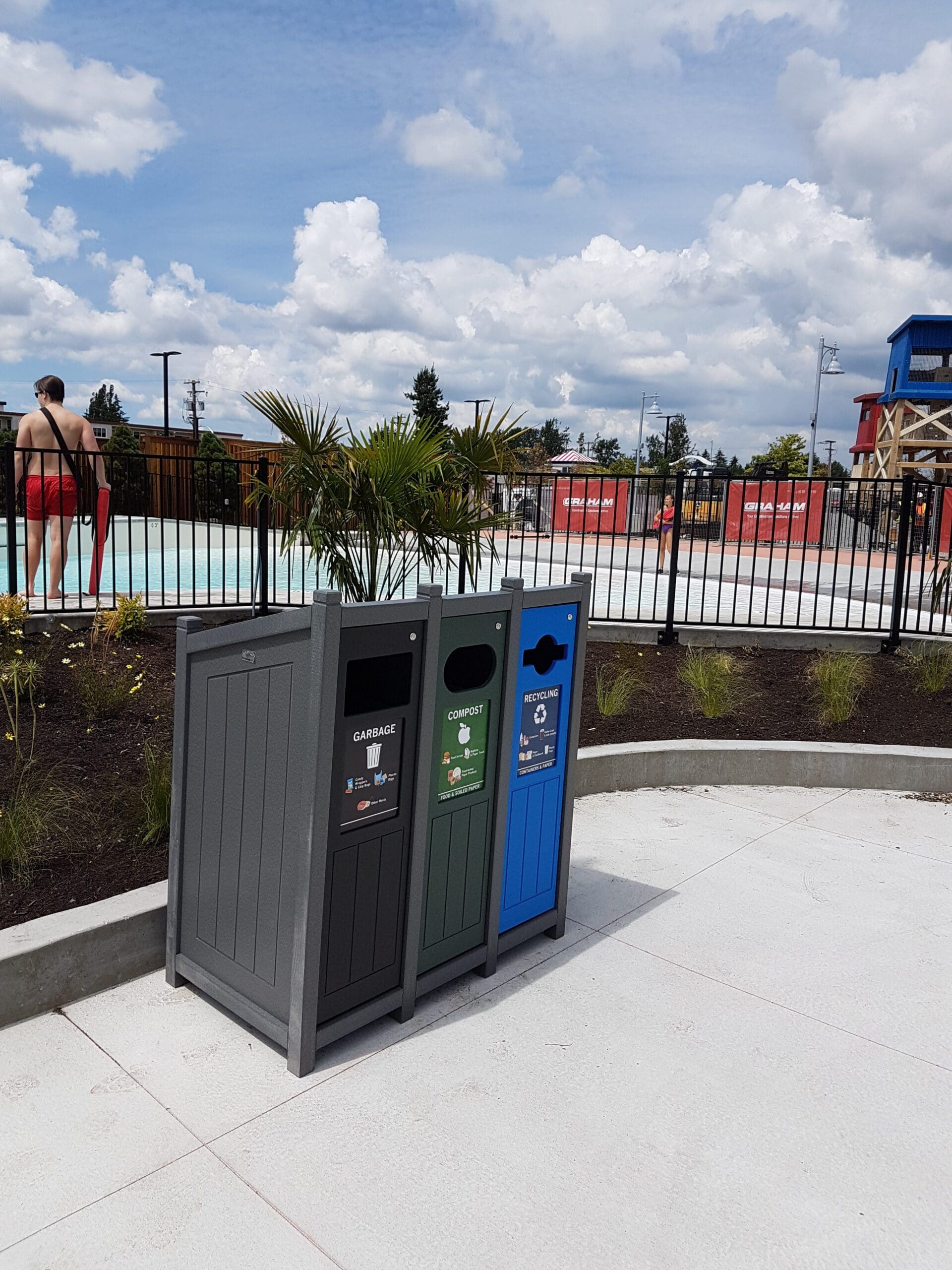
There are other little things you can do to make a difference!
- Bring your own food and drinks to avoid excess waste. Reusable containers, utensils, water bottles and lunch boxes reduce the use of single-use plastics.
- There are smart options if you prefer buying there! For example, a water bottle instead of non-recyclable cups. Or even better, drink from a water fountain.
- Use only disposable products you need, for instance take only one napkin as opposed to fifteen.
- Never use straws!!
- Don’t buy plastic trinkets. As tempting as it may be, they are usually dropped on the way out or thrown in the garbage shortly after returning home. Take a picture instead!
- Air dry your hands, as opposed to using paper towels.
- Don’t take a map of the park, check out where your favourite ride is from your phone instead.
Disney has been taking steps in the right direction to reduce their ecological footprint. Not only do they recycle tens of thousands of tons of paper, cardboard and plastics on an annual basis, but they also recycle human waste from parks and hotels that is used as fertilizer on farms. Additionally, they use recycled energy to cool their resorts and have BIN recycling. Every small change makes a huge difference on the overall environmental impact.
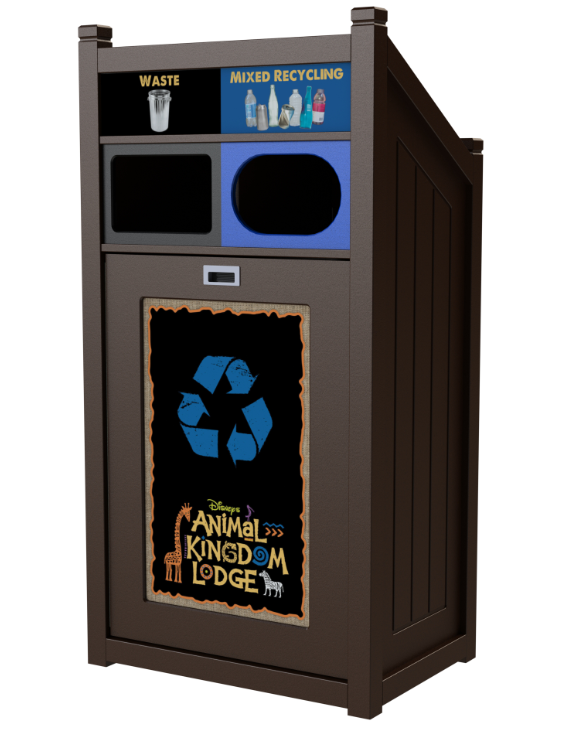
What an ideal amusement park would look like in 5 years:
- Easily available public transportation to get to the amusement park to reduce Co2 emissions
- Reusable cutlery, dishes, and cups
- Lots of water fountain stations to fill up reusable water bottles
- No paper towel stations in the bathrooms
- Paper-free facility
- Leftover food is donated
- Eco-friendly light bulbs
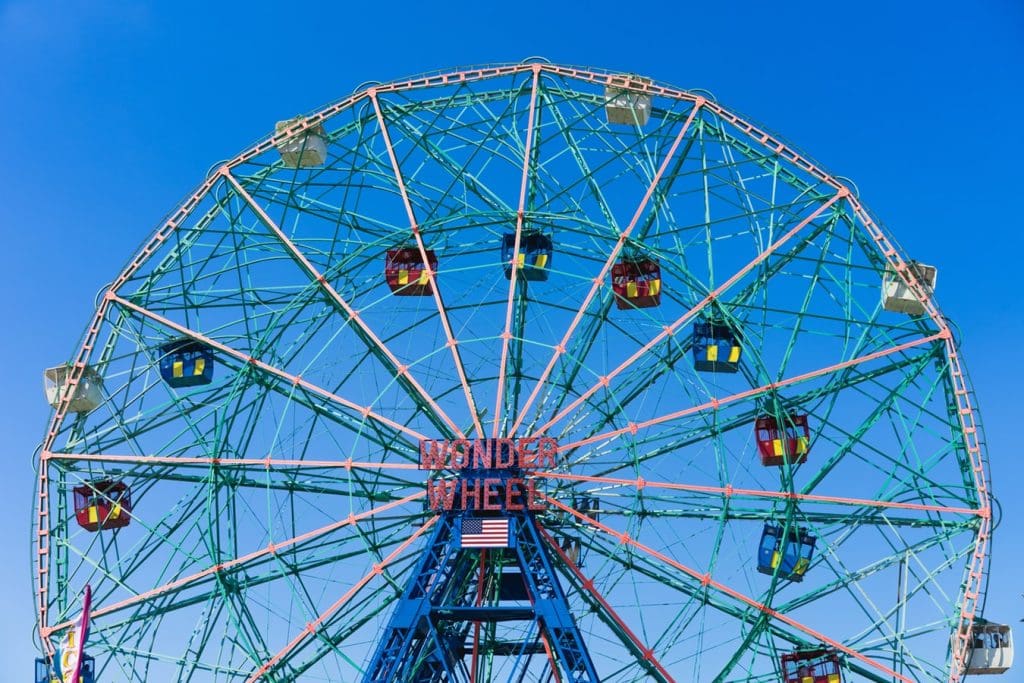
For more information on successful recycling programs, check out our blogs:
Why Is Recycling Important For A Business? 5 Surprising Benefits
4 Tips To Launch A Successful Recycling Program At Your Facility
The 6 Things Your Recycling Program Is Probably Missing
Or download our business recycling programs eBook!
CleanRiver Recycling provides a variety of innovative, flexible and customizable recycling solutions. To determine the right solution to meet your needs, use the CleanRiver product selector.
If you have additional questions that weren’t answered in this blog post please call us at 1-866-479-4038 or email solutions@cleanriver.com.

